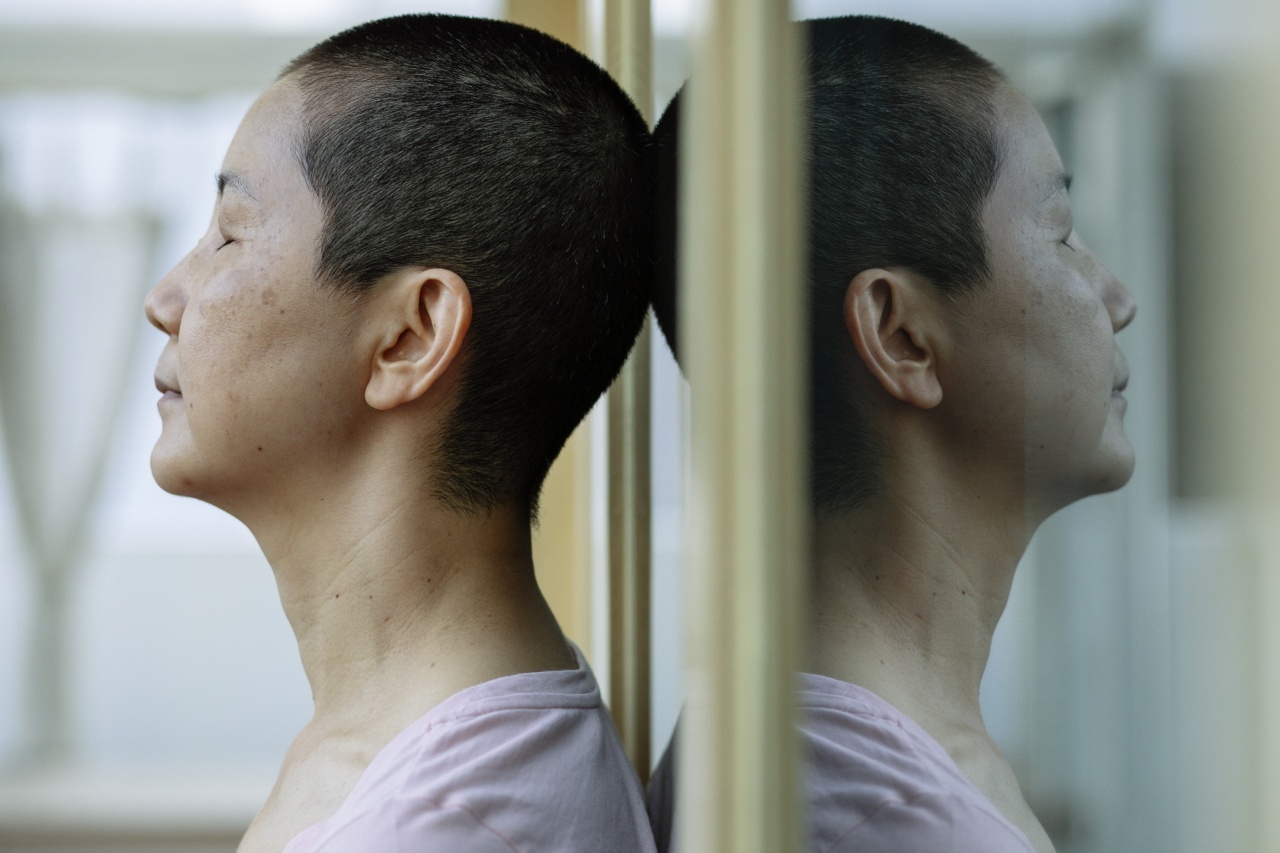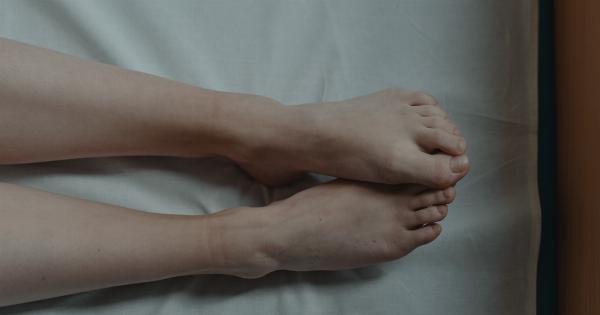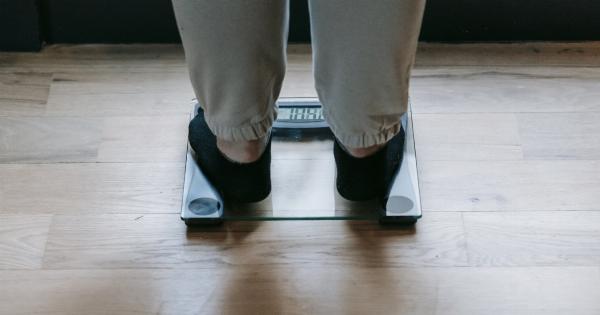Sciatica is a term used to describe the pain that radiates from the lower back down to the hips, buttocks, and legs due to the compression, irritation, or inflammation of the sciatic nerve.
This condition affects millions of people around the world, and it can be debilitating if not well-managed. Fortunately, there are several effective ways to alleviate sciatica pain and improve the quality of life. Here are five of them.
1. Stretching
Stretching is one of the most effective ways to alleviate sciatica pain. It helps to reduce the pressure on the sciatic nerve and improve the flexibility of the muscles and joints.
One simple stretch that can provide relief is the seated piriformis stretch. To do this stretch, sit on a chair, cross the affected leg over your other knee, and gently pull your knee towards your opposite shoulder until you feel a stretch in your buttocks. Hold the stretch for 30 seconds and repeat on the other side.
Another effective stretch is the hamstring stretch. Lie on your back and lift your affected leg straight up. Use a towel or a belt to gently pull your leg towards your head until you feel a stretch in the back of your leg.
Hold the stretch for 30 seconds and repeat on the other side. You can also try the knee to chest stretch, which involves lying on your back, bending your knees, and pulling one knee towards your chest while keeping the other foot flat on the floor.
2. Physical Therapy
Physical therapy is a non-invasive approach to treating sciatica pain. It involves a variety of exercises and techniques designed to alleviate pain, improve flexibility and strength, and prevent future injuries.
During a physical therapy session, a trained therapist will work with you to develop a personalized treatment plan based on your specific needs and goals.
Your therapist may incorporate exercises to strengthen your core muscles, which can help to support your lower back and improve your posture.
They may also recommend stretches, massage, hot and cold therapy, and other techniques to promote healing and reduce pain. Physical therapy can be a highly effective way to manage sciatica pain, and it is often covered by insurance.
3. Acupuncture
Acupuncture is an ancient Chinese practice that involves inserting thin needles into specific points on the body to stimulate healing and relieve pain. It is a safe and natural way to manage sciatica pain without medication or surgery.
The needles used in acupuncture are so thin that most people do not feel them, and the procedure is virtually painless.
During an acupuncture session, a licensed acupuncturist will work with you to identify the specific areas of your body that are causing pain and create a treatment plan tailored to your needs.
They will insert needles into these areas to promote the flow of energy and stimulate your body’s natural healing response. Acupuncture has been shown to be highly effective in reducing sciatica pain, and many people find it to be a relaxing and enjoyable experience.
4. Massage Therapy
Massage therapy is a popular form of alternative medicine that involves manipulating the soft tissues of the body to alleviate pain and tension.
It can be an effective way to manage sciatica pain, as it helps to relax tight muscles, improve circulation, and reduce inflammation. Massage therapist use a variety of techniques such as deep tissue massage, myofascial release, and trigger point therapy to address the root cause of your sciatica pain.
During a massage therapy session, the therapist will use their hands, fingers, and sometimes even their elbows or knees to apply pressure to specific points on your body.
They may also use oils, lotions, or heat therapy to enhance the benefits of the massage. Regular massage therapy sessions can be an excellent way to manage chronic sciatica pain and improve your overall health and well-being.
5. Yoga
Yoga is an ancient practice that has been shown to be highly effective in managing sciatica pain. It involves a series of postures, breathing exercises, and meditation techniques designed to promote physical, mental, and spiritual well-being.
Many of the postures used in yoga can help to alleviate sciatica pain by stretching the muscles of the hips, legs, and back and reducing tension and inflammation in the body.
Some of the best yoga poses for sciatica pain include the pigeon pose, the seated forward bend, and the cobra pose.
These poses help to stretch the muscles of the hips, buttocks, and lower back, which can help to reduce the pressure on the sciatic nerve. They also help to improve flexibility and promote relaxation and stress relief, which can be helpful in managing chronic sciatica pain.
Conclusion
Sciatica pain can be a debilitating condition that affects your quality of life. Fortunately, there are several effective ways to manage sciatica pain without resorting to medication or surgery.
Stretching, physical therapy, acupuncture, massage therapy, and yoga are all natural and safe ways to alleviate sciatica pain and promote healing and relaxation. By incorporating these techniques into your daily routine, you can take control of your sciatica pain and enjoy a healthier, happier life.



























